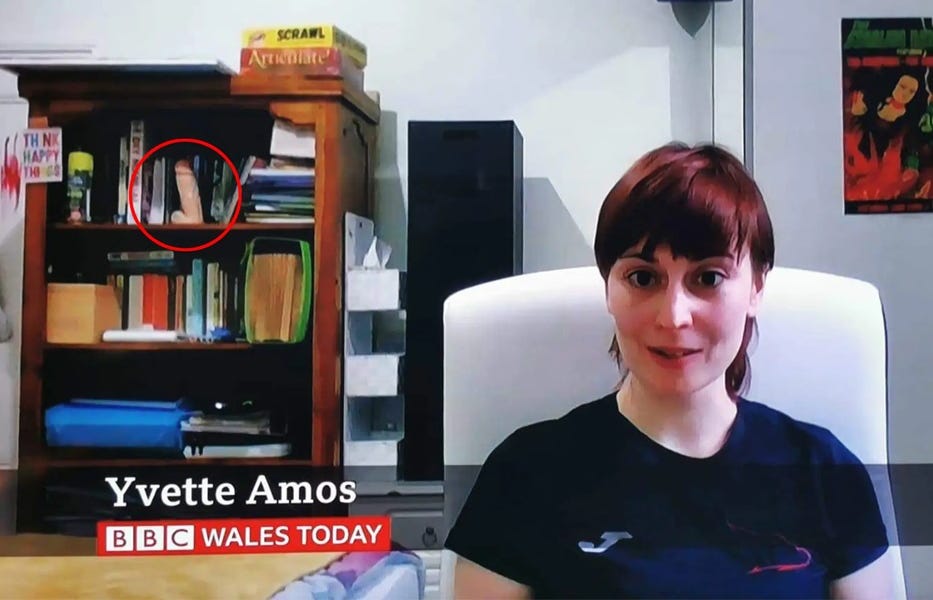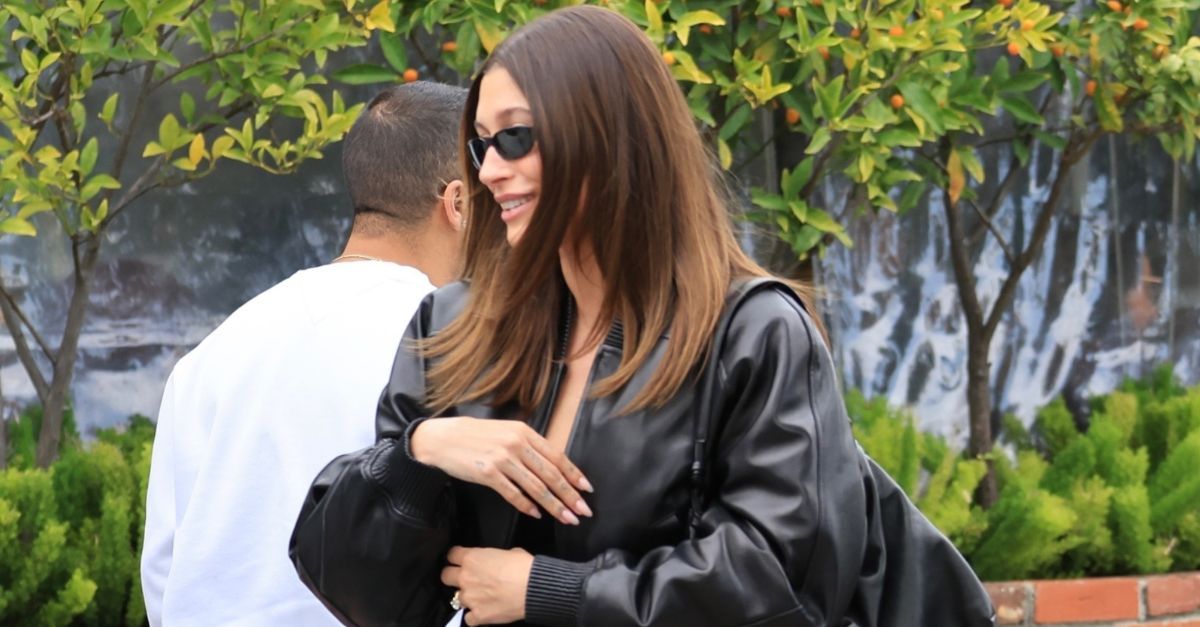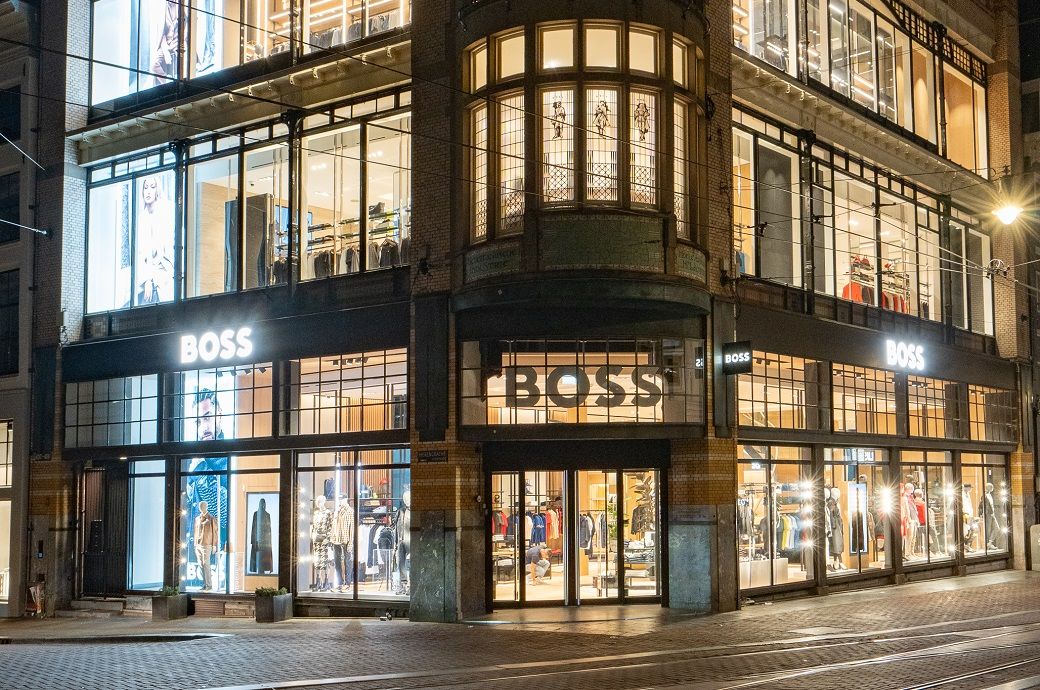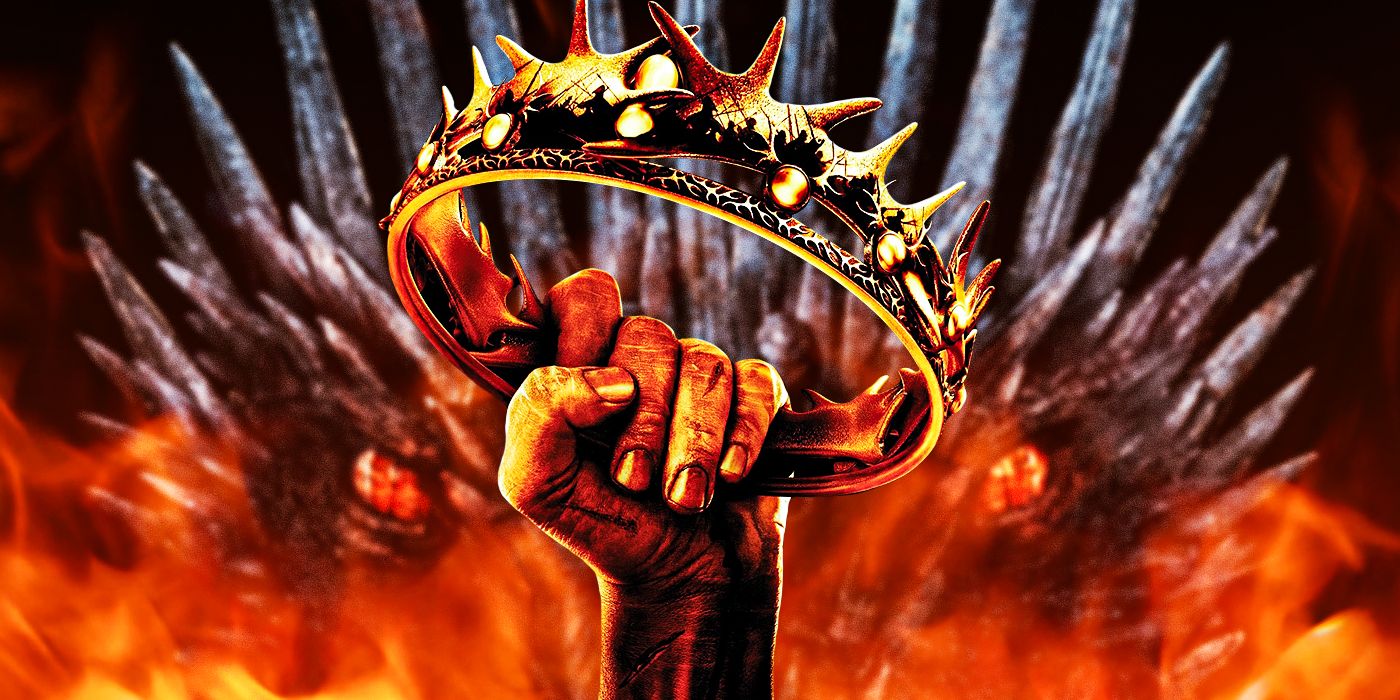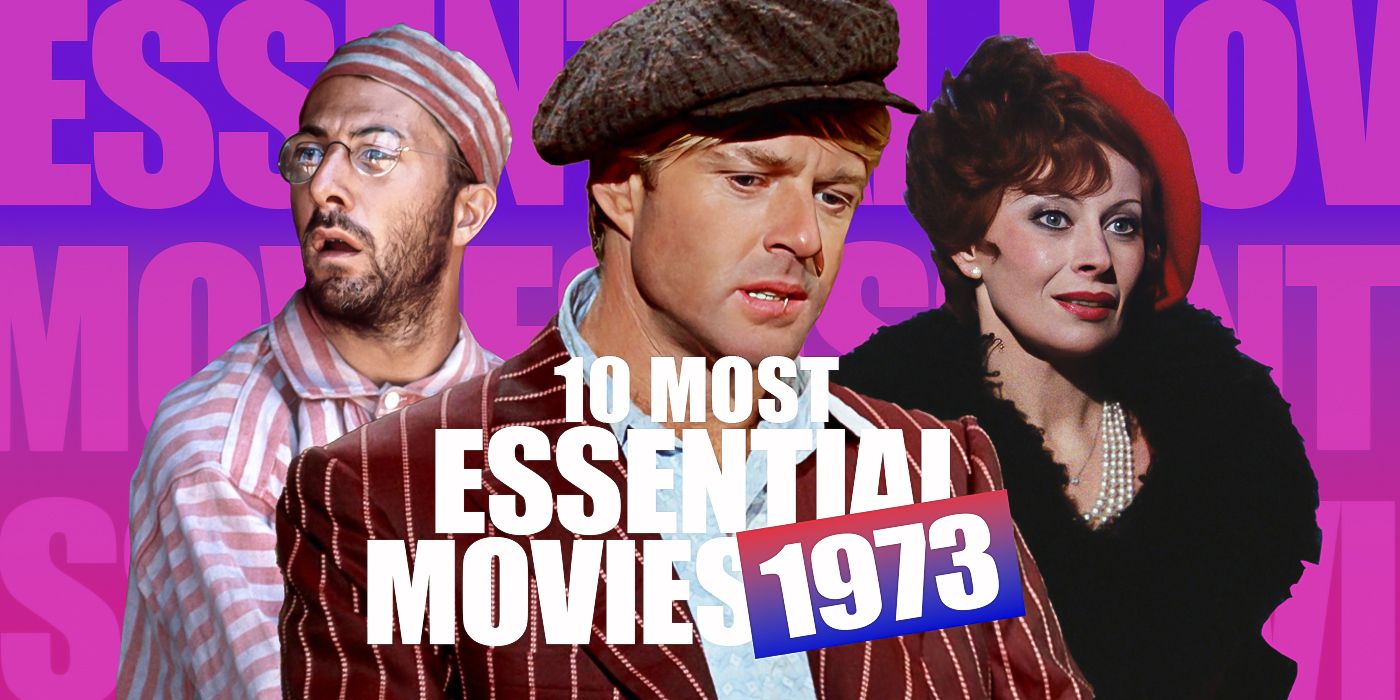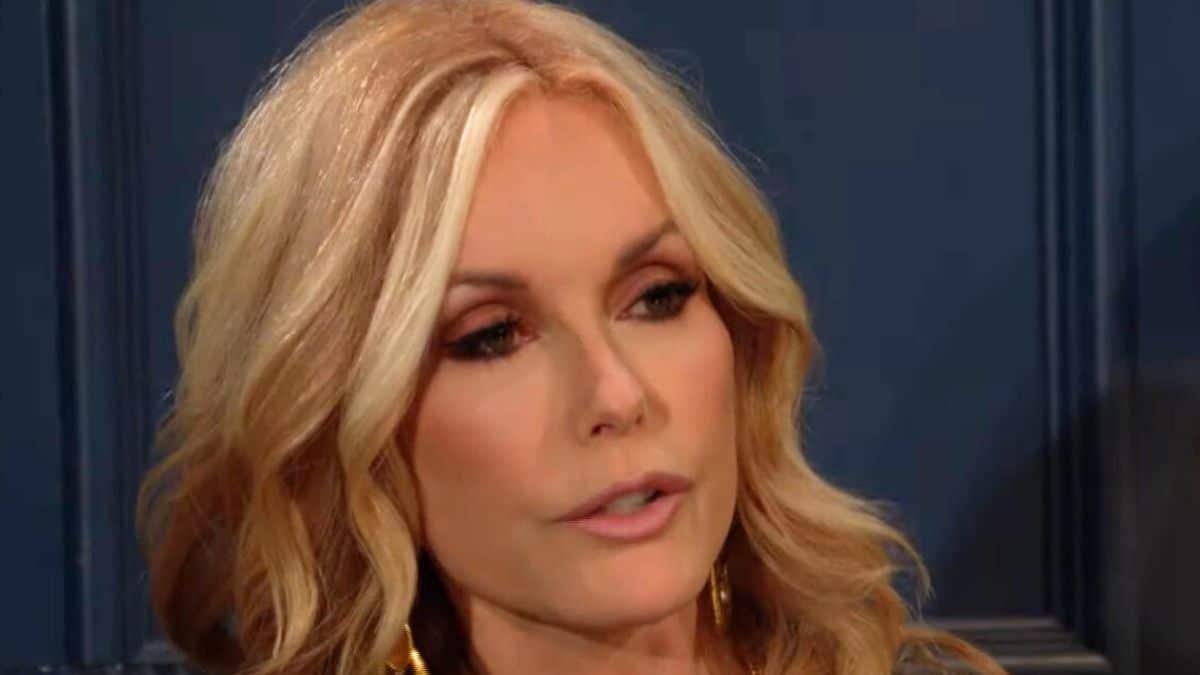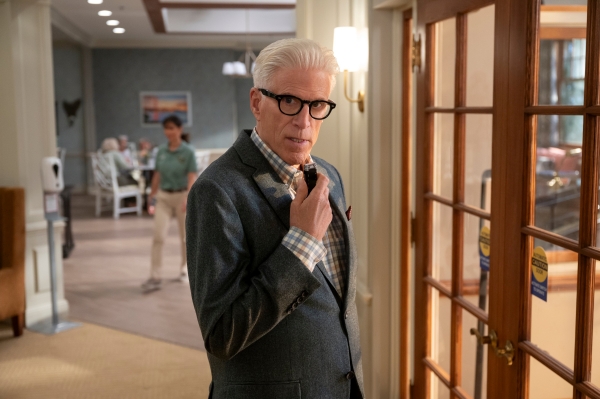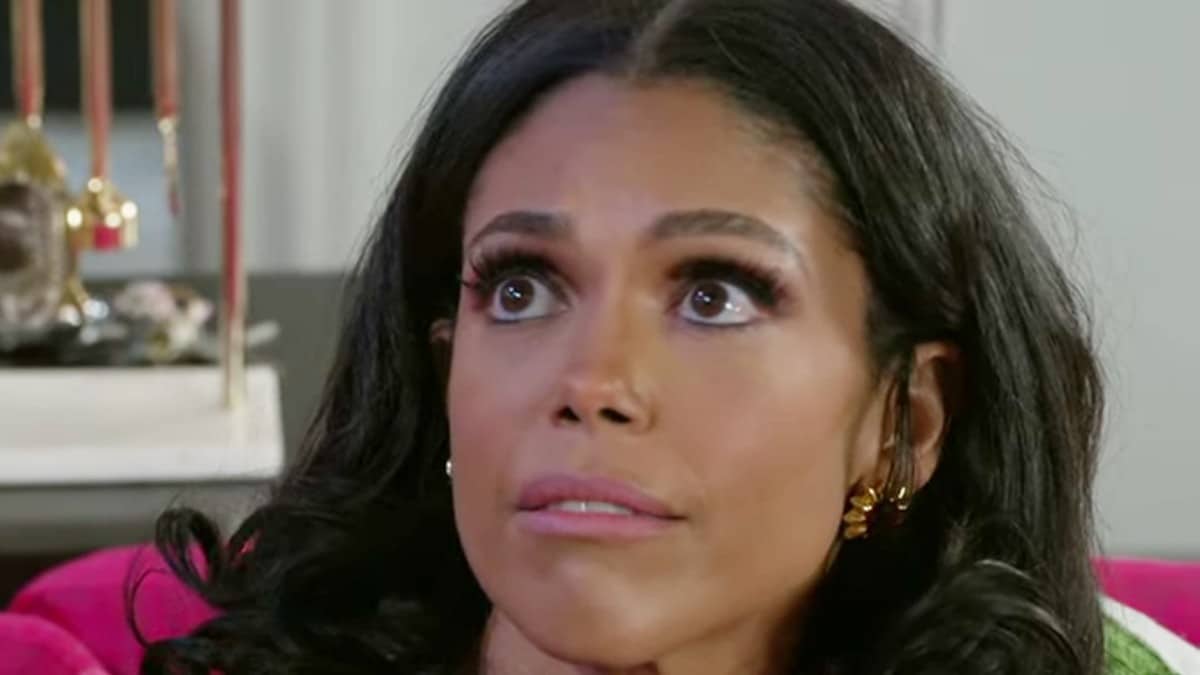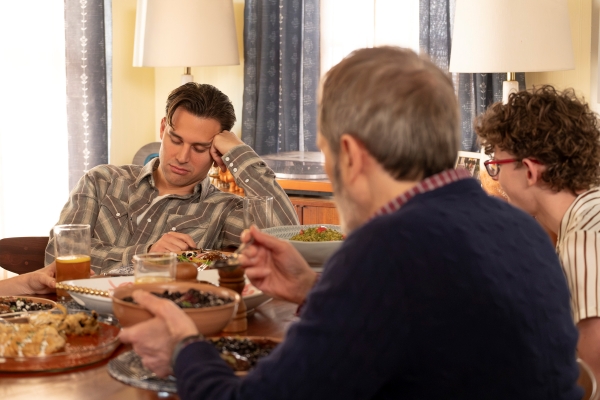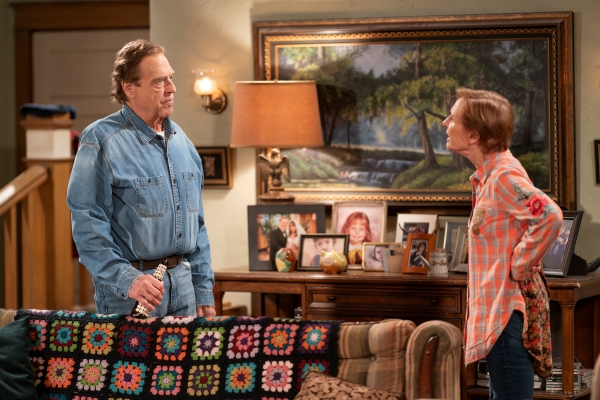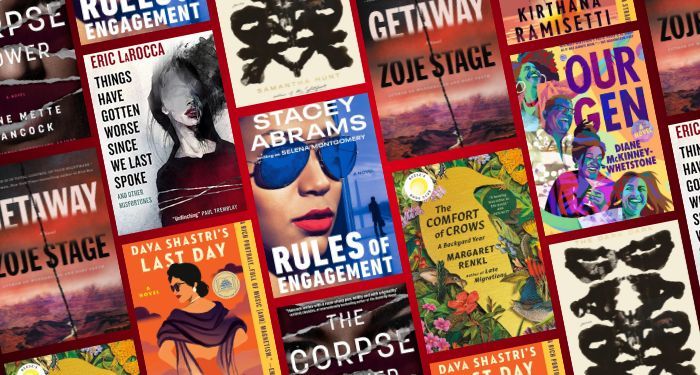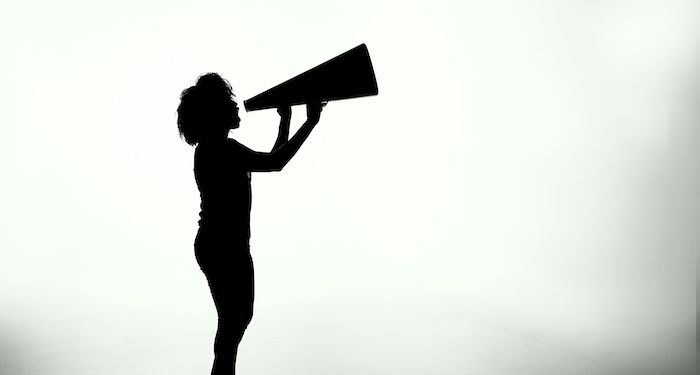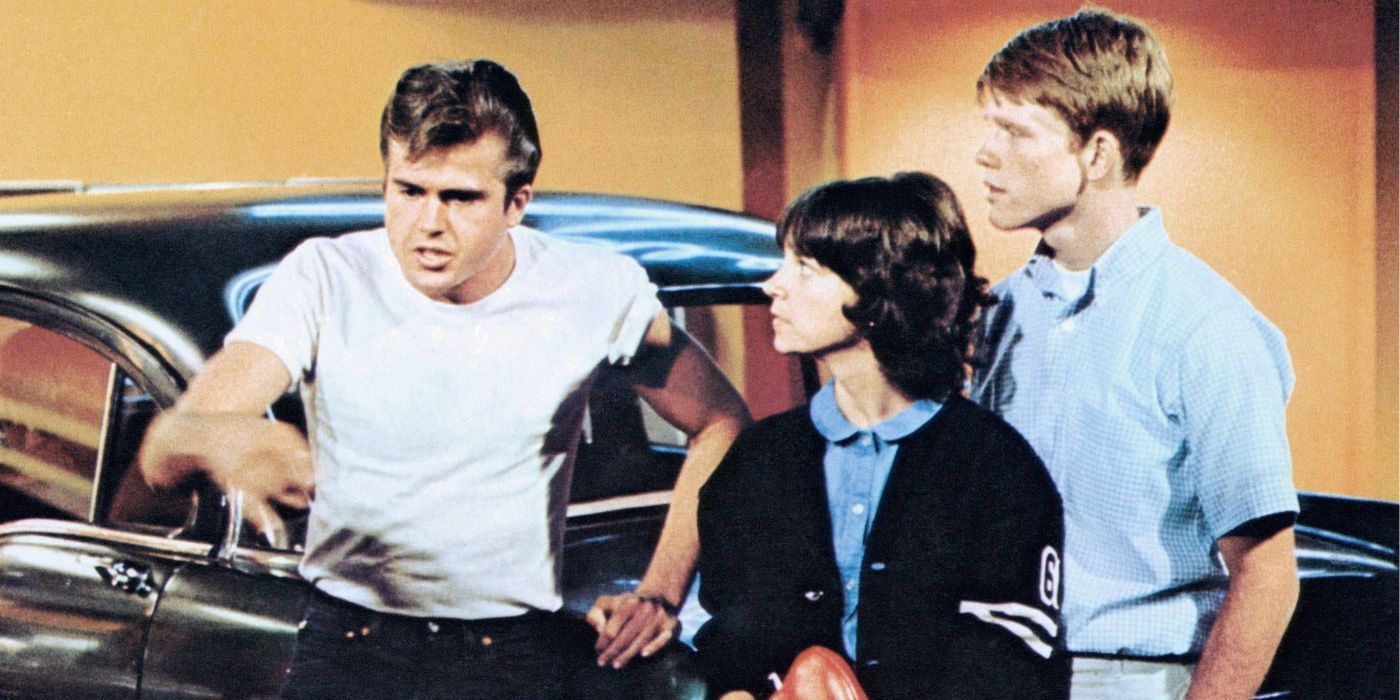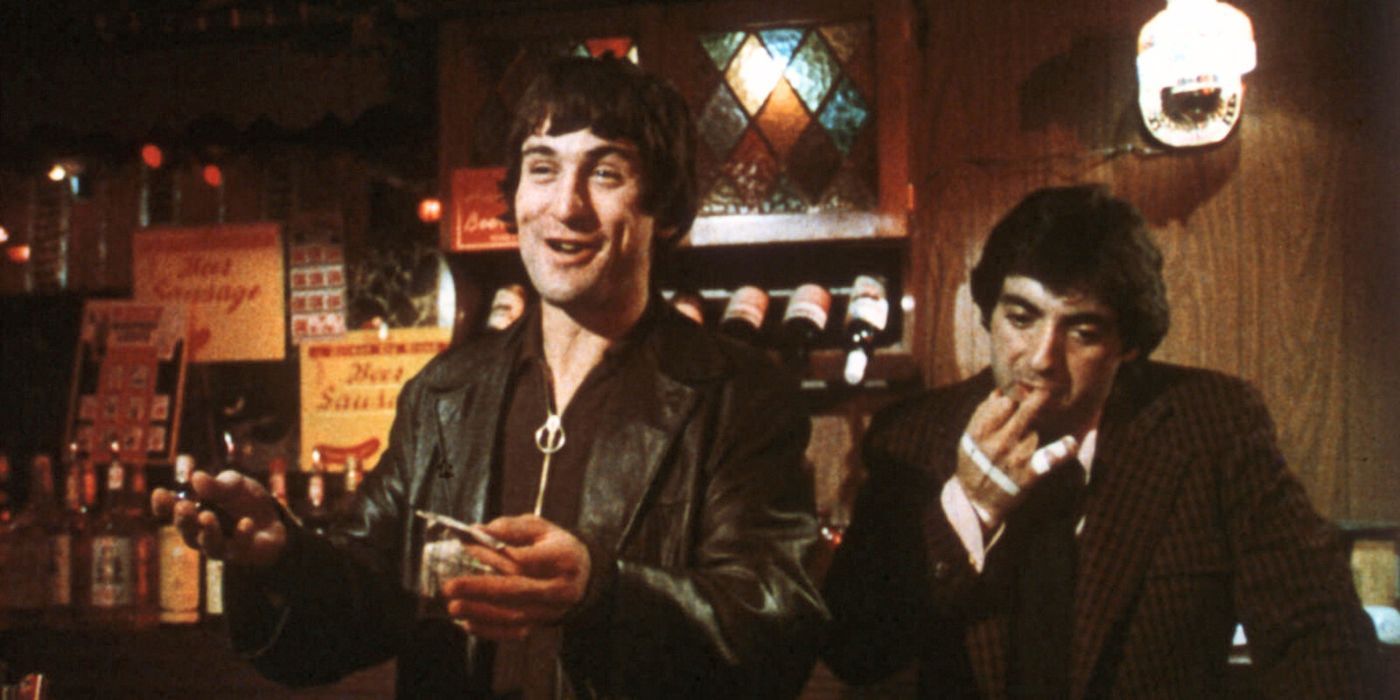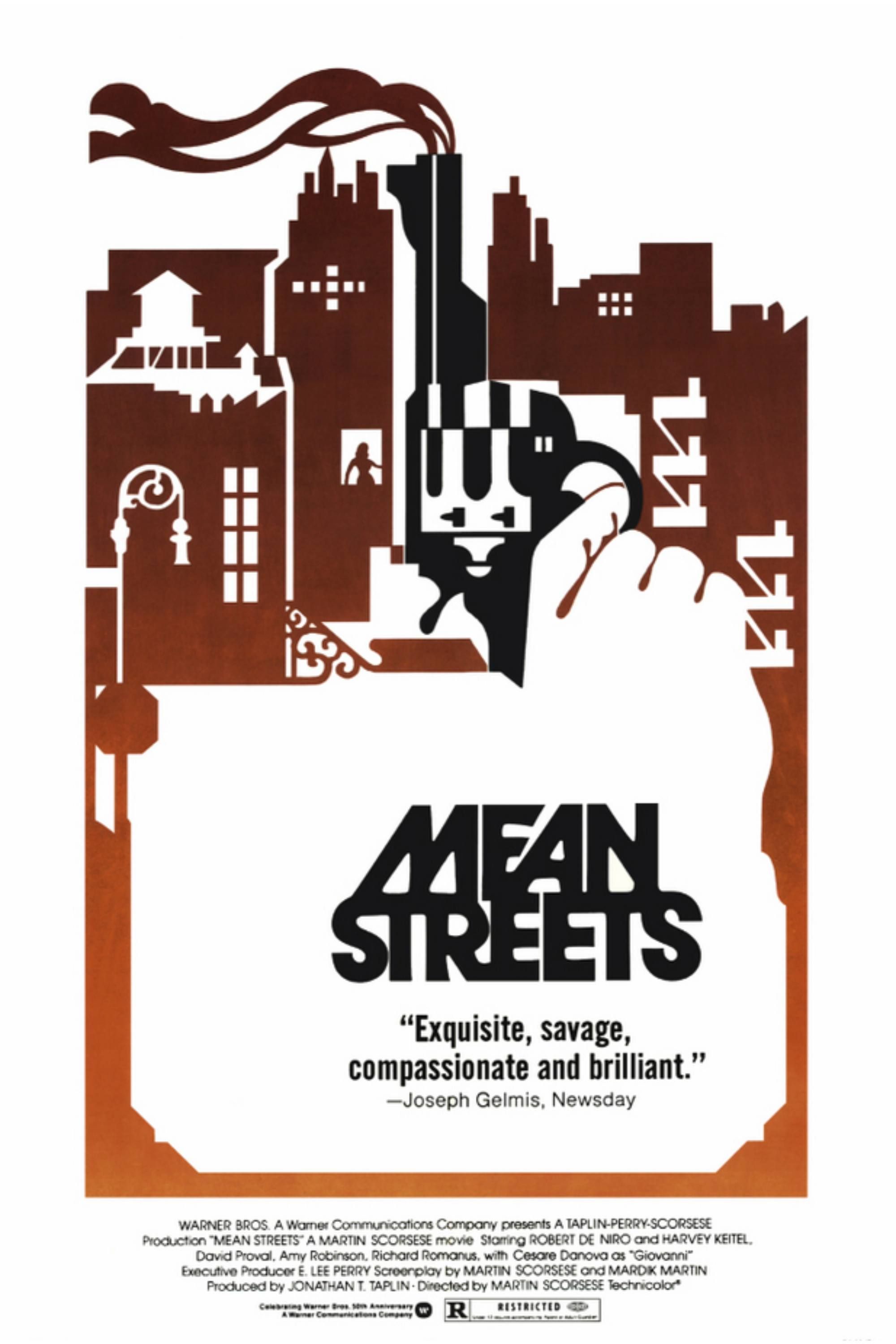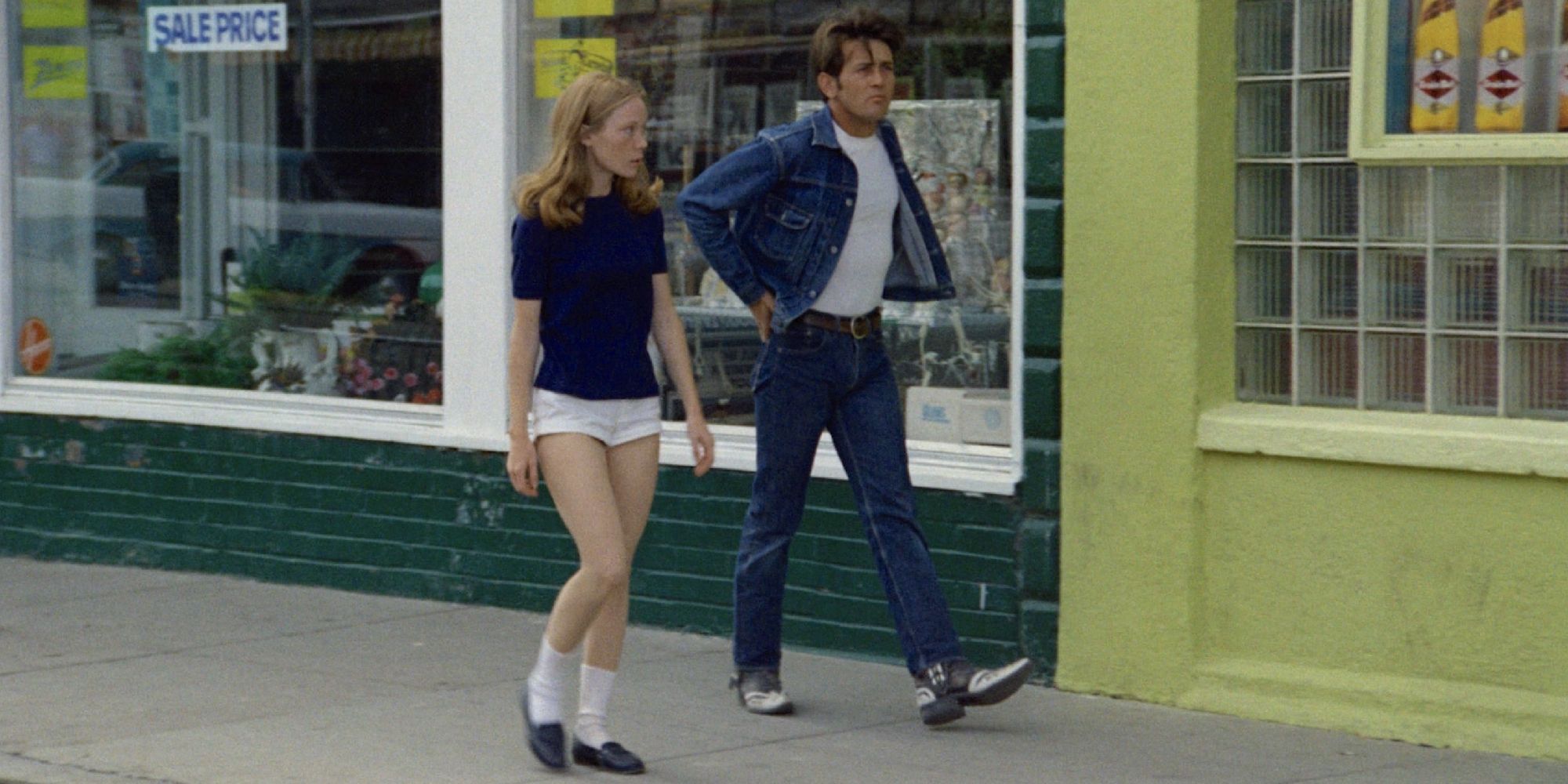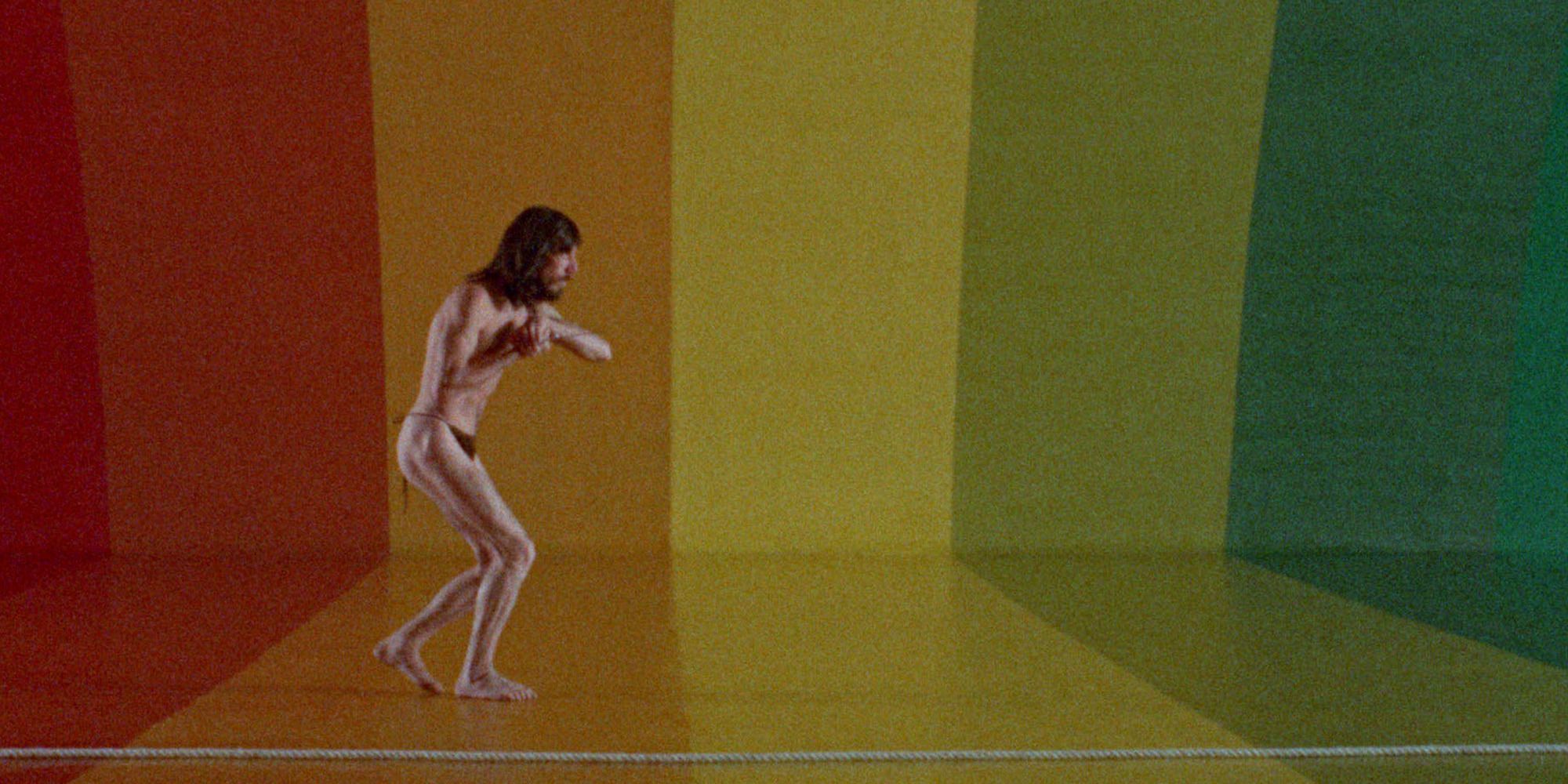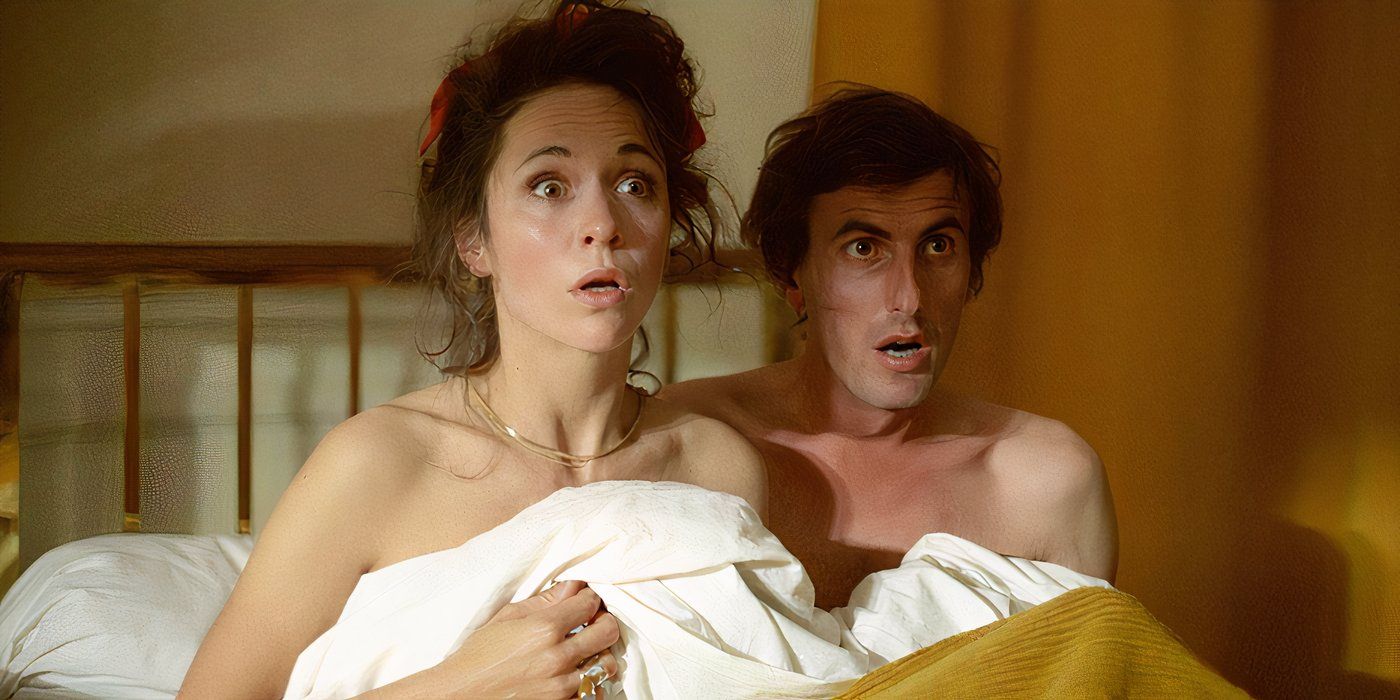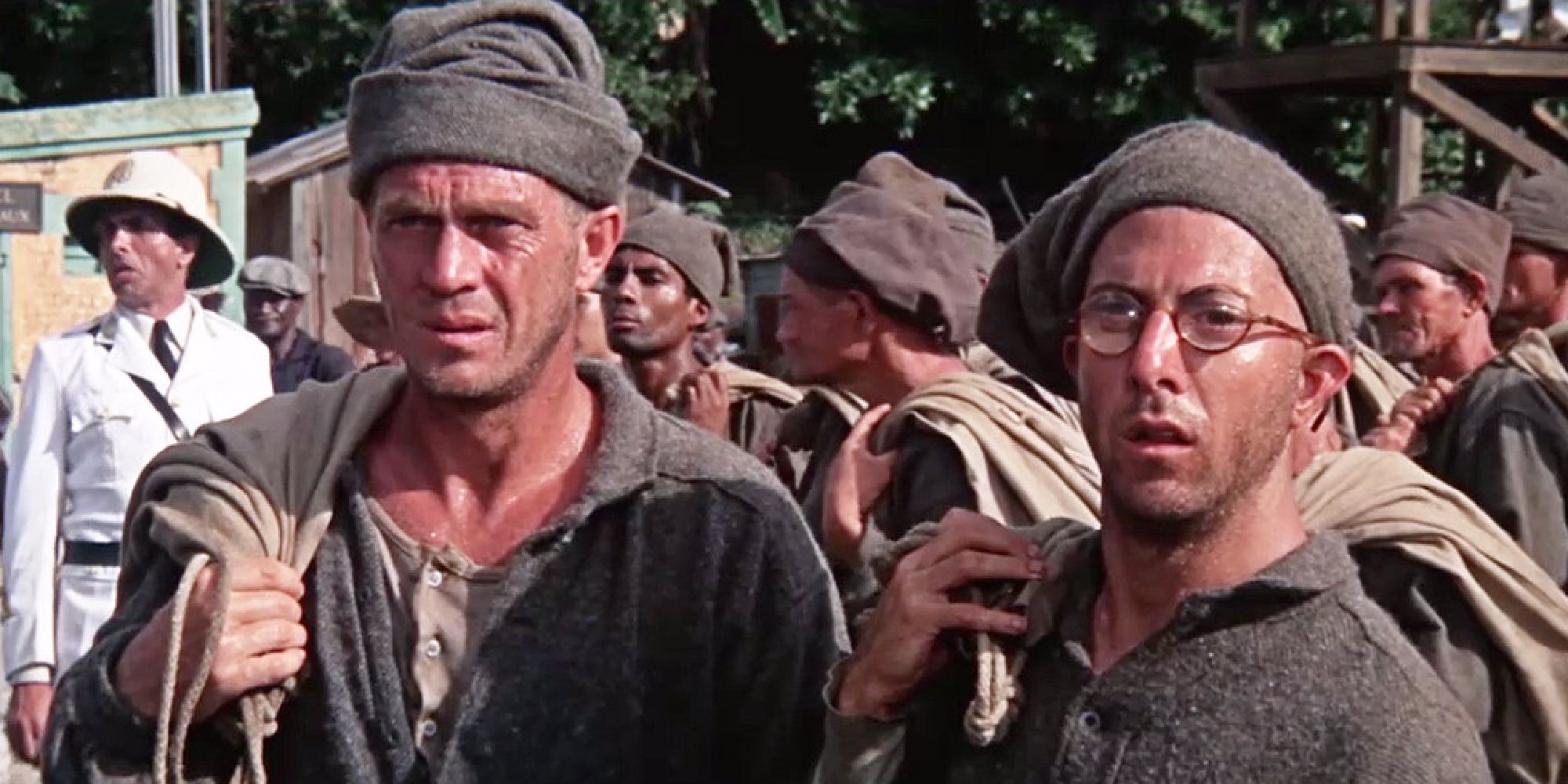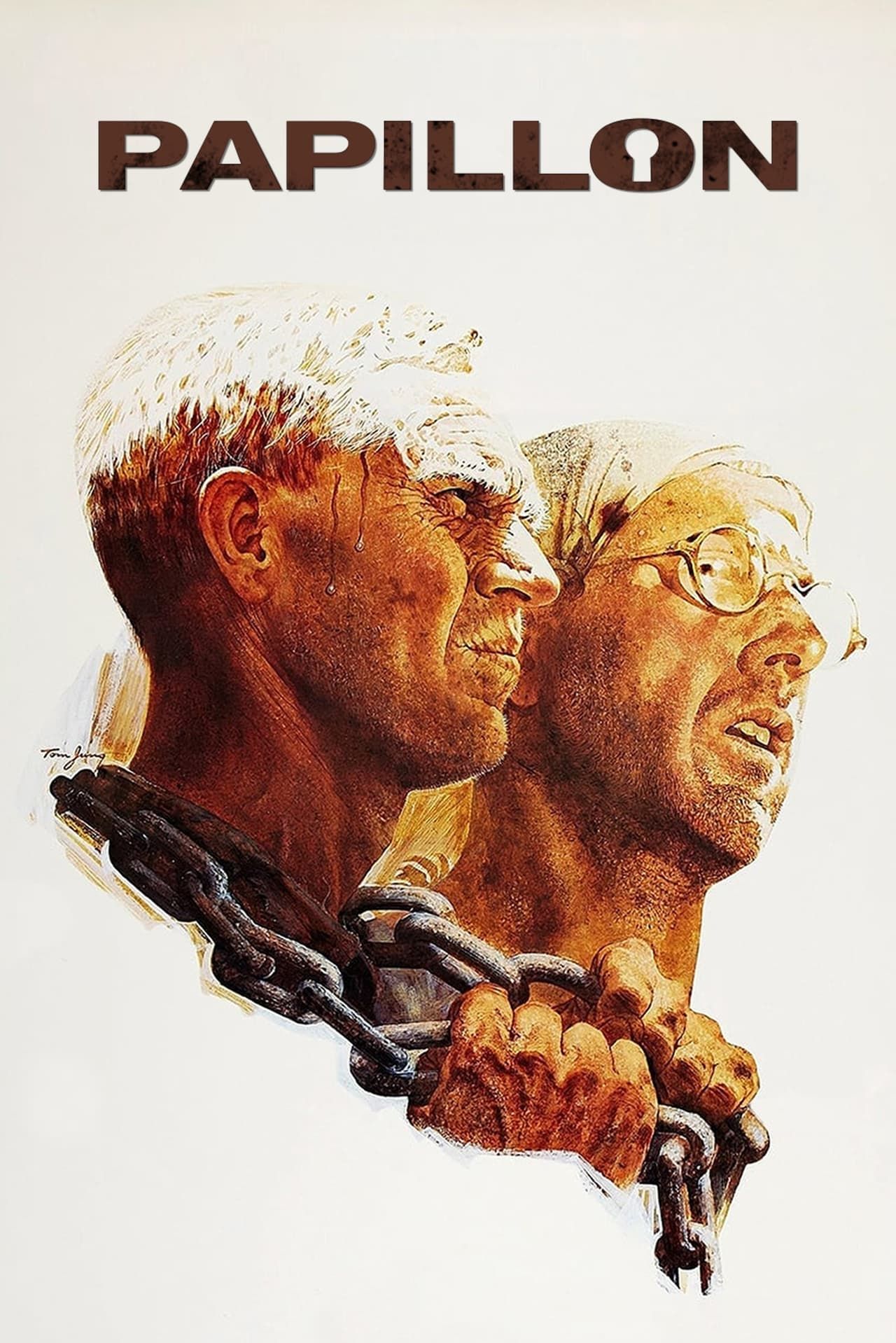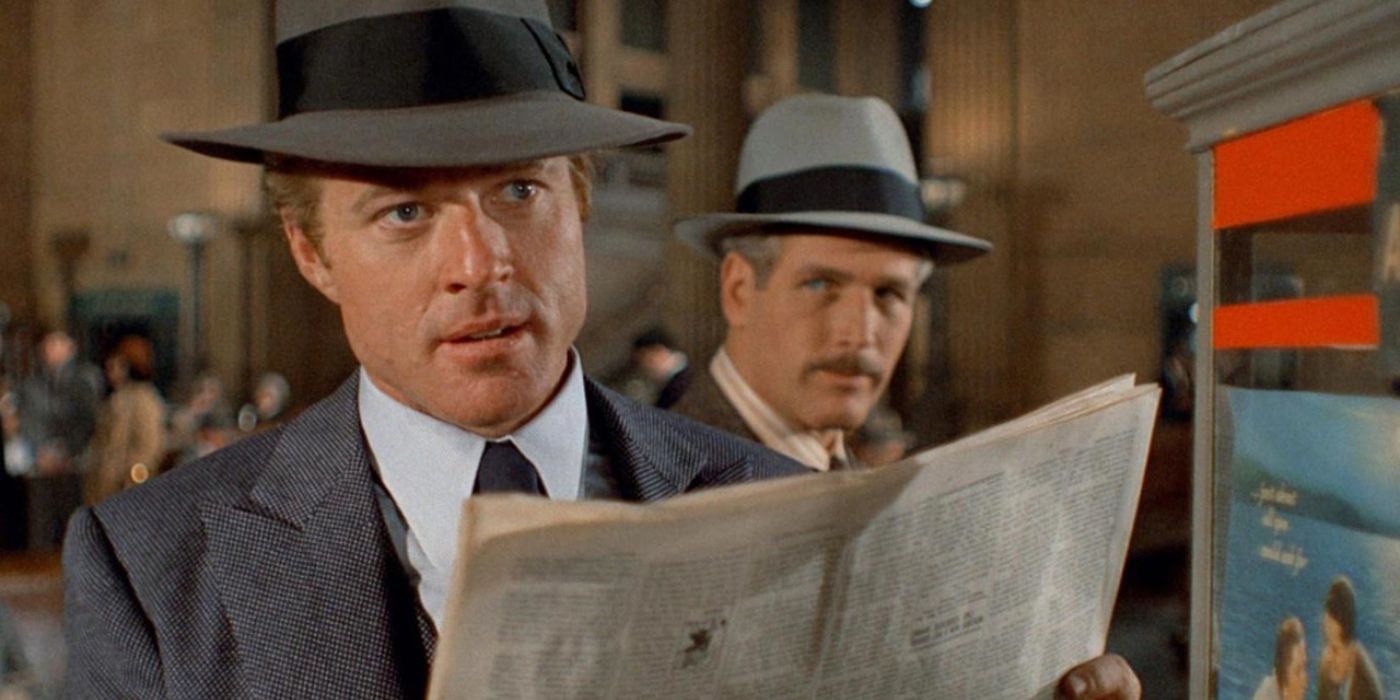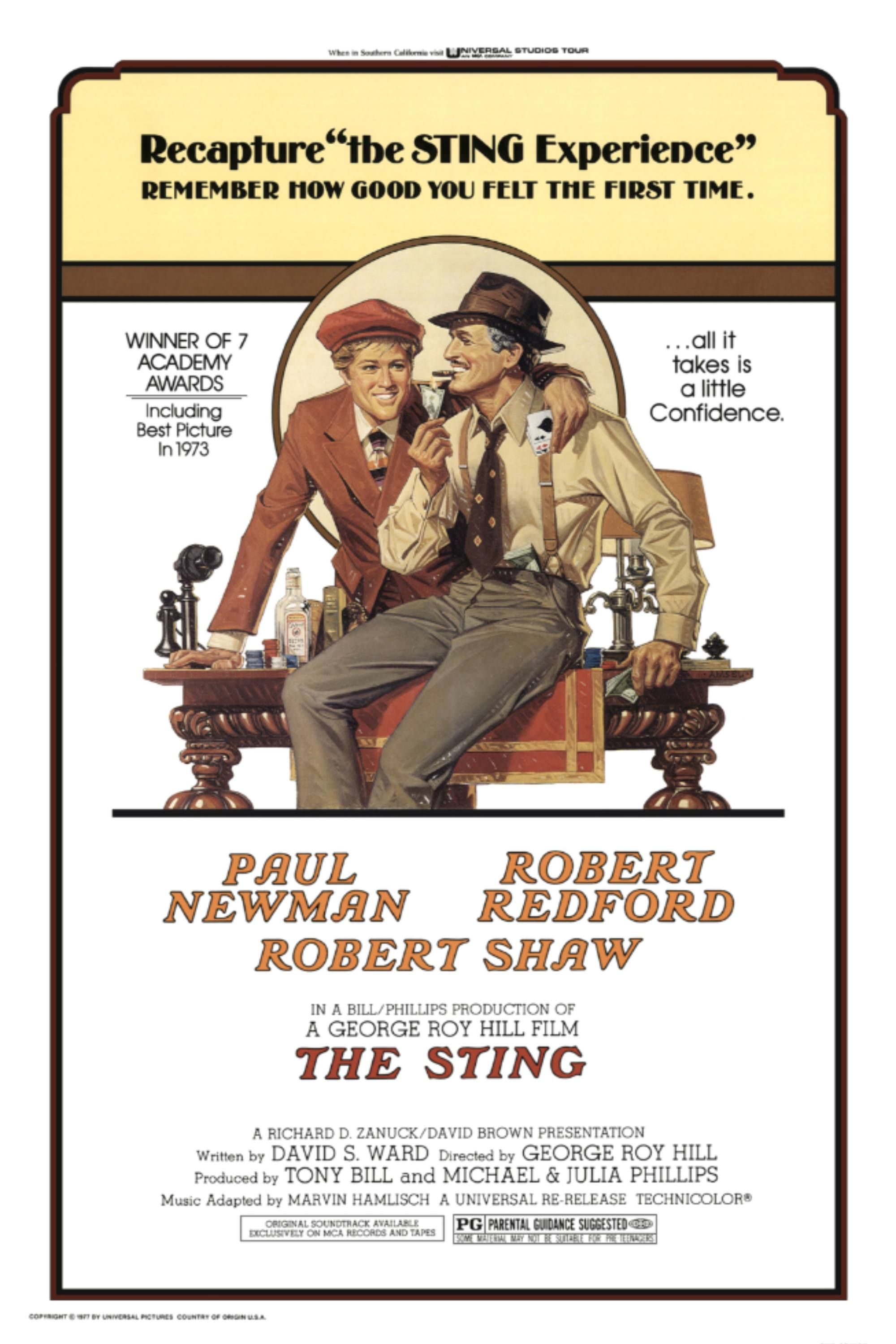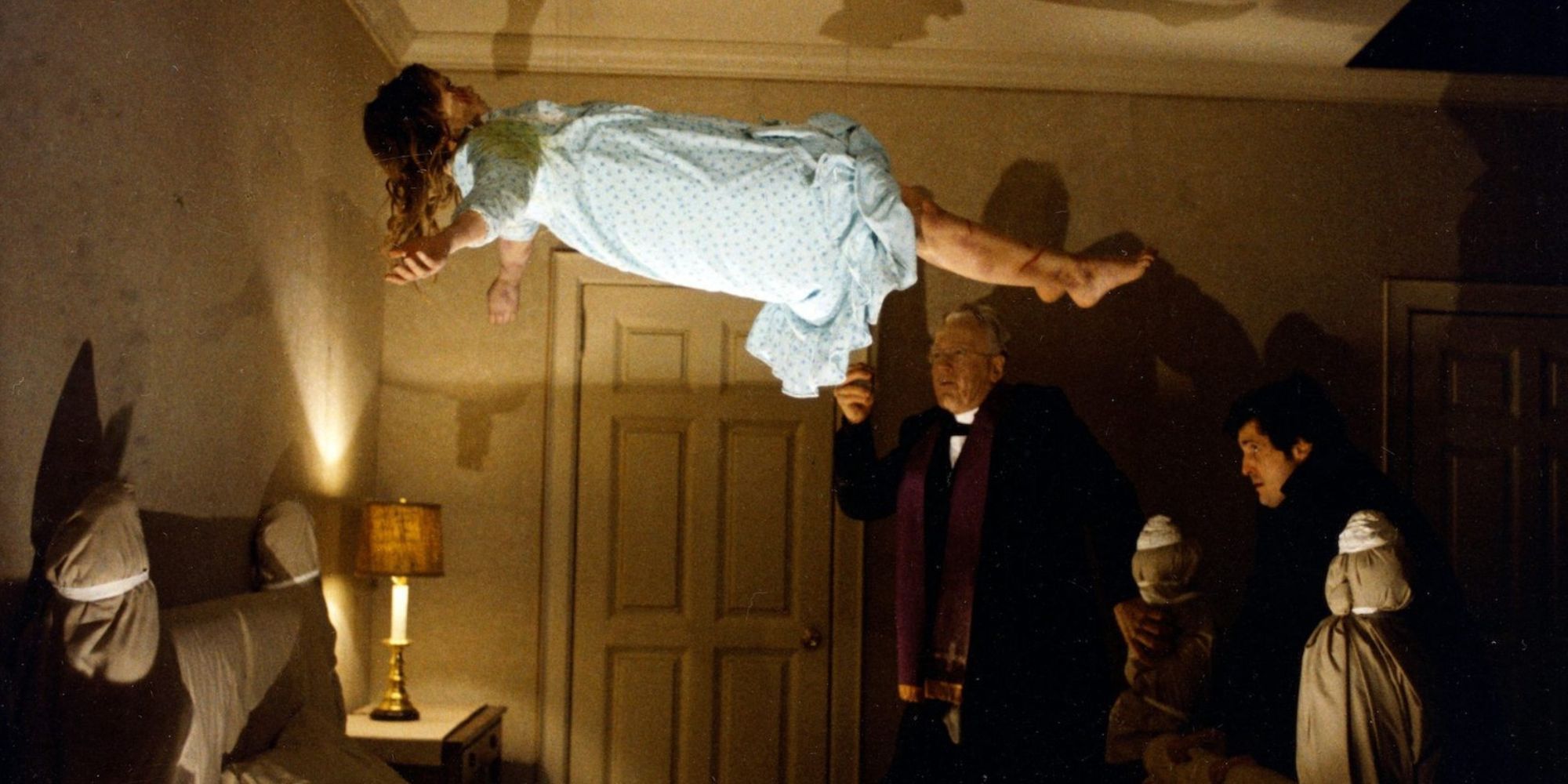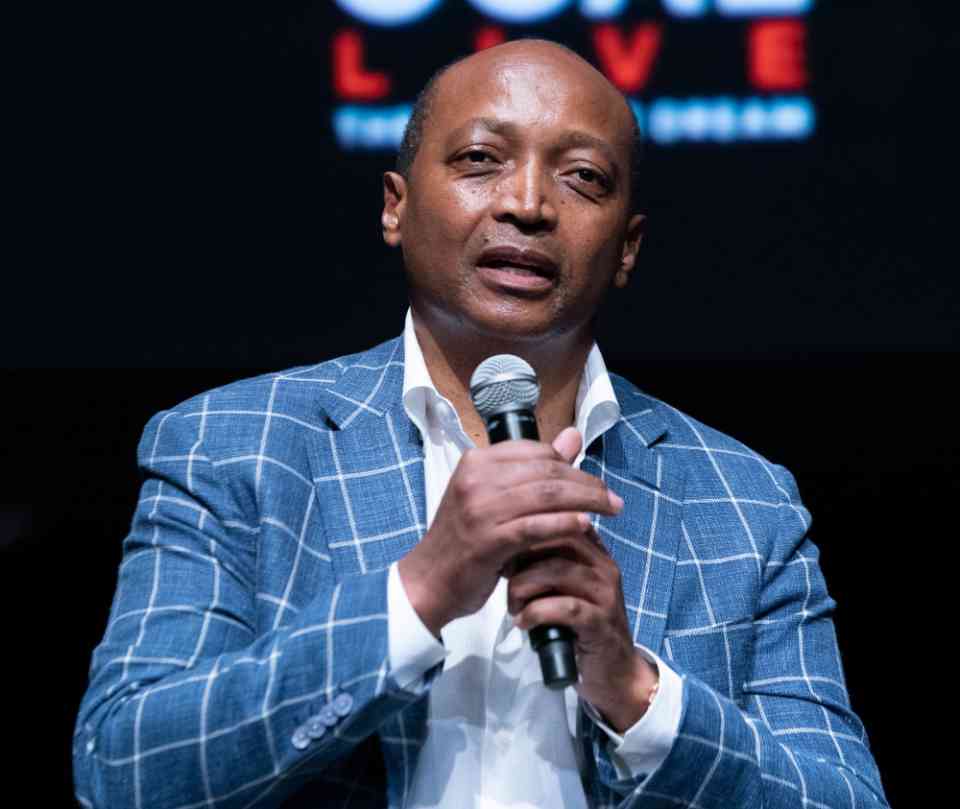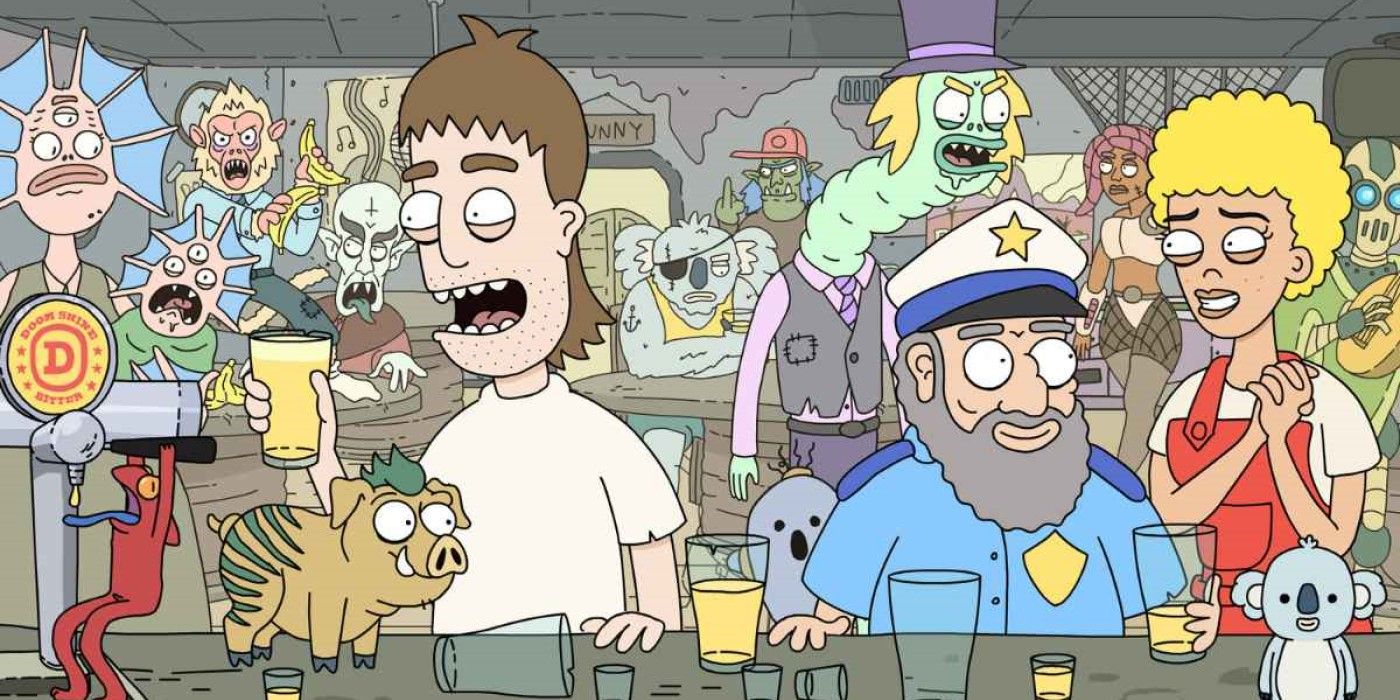The 1970s are often described as the best decade for the movies, and for good reason. This era saw filmmakers pushing boundaries, both thematically and stylistically, telling mature and fascinating stories without being shackled by formulaic storytelling or too much studio meddling. 1973 was no exception, serving up more than a few gems and bona fide classics.
With this in mind, this list looks at some must-see movies from that year. They cover a range of genres, from the grit and realism of Mean Streets to the candy-coated vibrancy of American Graffiti and the psychological terror of The Exorcist. All film fans will find something to their taste in this collection.
10
‘American Graffiti’ (1973)
Directed by George Lucas
“You’re the most beautiful, exciting thing I’ve ever seen in my life, and I don’t know anything about you.” Before conquering the galaxy with Star Wars, George Lucas directed this nostalgic journey back to the early 1960s, capturing the essence of teenage life on the cusp of adulthood. Set over the course of a single night, American Graffiti follows a group of recent high school graduates as they cruise the streets of Modesto, California, grappling with decisions about their futures.
Lucas recreates the time period in vibrant detail, conjuring the sound and visuals of late-’50s and early-’60s Americana. This includes an infectious soundtrack of rock ‘n roll hits from the time. There’s a lived-in energy to every frame and an ache that comes from knowing this world is on the cusp of vanishing. What Lucas captures isn’t just a specific time, but a mood—the moment right before everything changes, and adolescence gives way to adulthood.
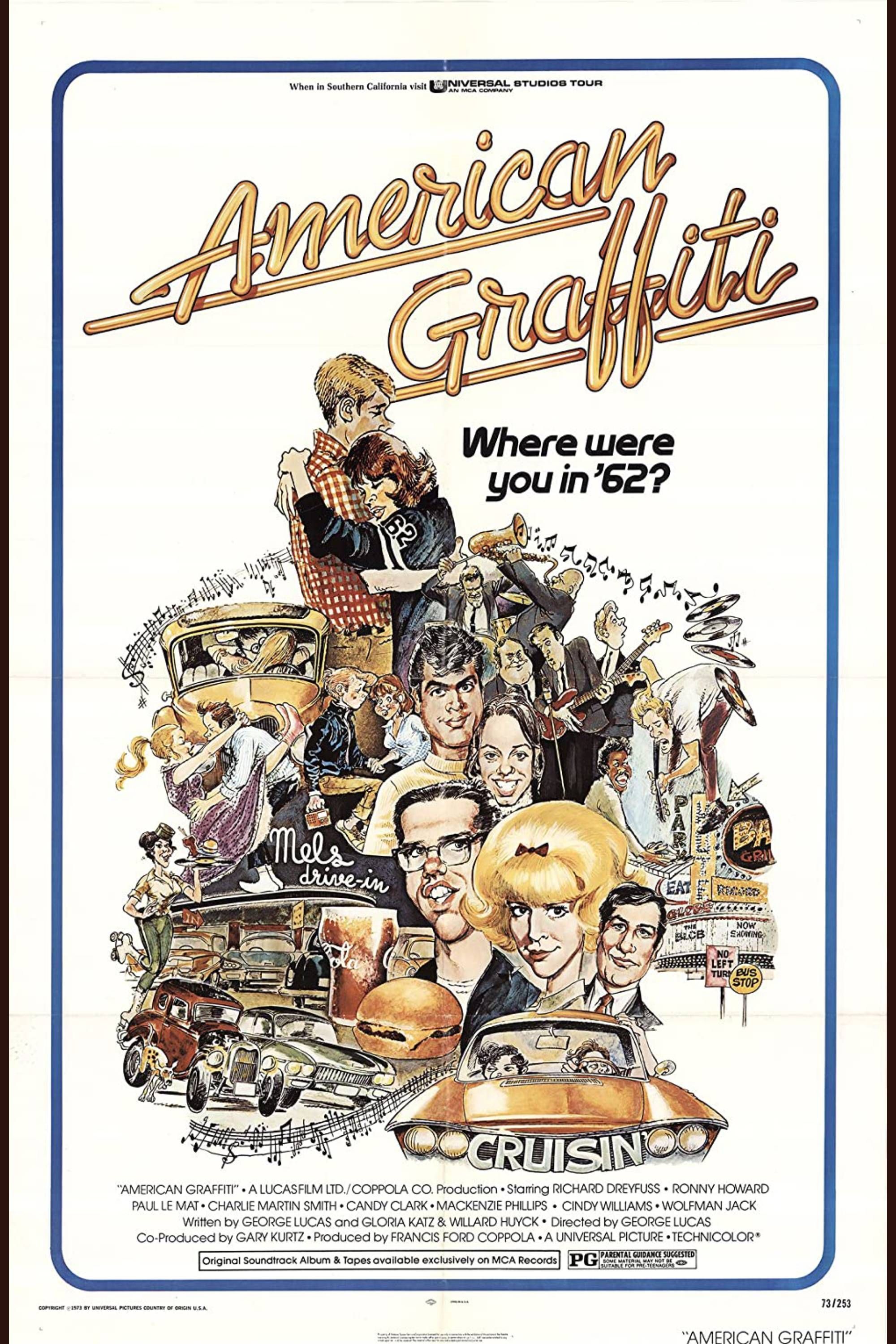
- Release Date
-
August 1, 1973
- Runtime
-
110minutes
- Director
-
George Lucas
- Writers
-
George Lucas, Gloria Katz, Willard Huyck
9
‘Mean Streets’ (1973)
Directed by Martin Scorsese
“I like spaghetti and clam sauce, mountains, Francis of Assisi, chickens with lemon and garlic, John Wayne…” This early gem from Martin Scorsese centers on Charlie (Harvey Keitel), a young man torn between his Catholic guilt and his involvement in the local mob. His loyalty to his reckless friend Johnny Boy (Robert De Niro), who is perpetually in debt and trouble, complicates Charlie’s aspirations for upward mobility within the criminal underworld. The narrative delves into themes of sin, redemption, and the complexities of friendship amidst violence and moral ambiguity.
The movie hums with energy and authenticity, reflecting Scorsese’s personal experiences growing up in New York. Returning to his old stomping grounds in Little Italy, the director didn’t just recreate the neighborhood—he captured its pulse, its rhythm, its contradictions. The actors also deliver. Keitel is electric, while De Niro makes Johnny Boy both charismatic and volatile, hinting at some of the more iconic performances to come.
8
‘Badlands’ (1973)
Directed by Terrence Malick
“He wanted to die with me and I dreamed of being lost forever in his arms.” Badlands was the debut film by Terrence Malick, the brains behind The Thin Red Line and The Tree of Life. It’s like a more poetic, grounded take on Bonnie & Clyde, following a young couple on a killing spree across the Midwest. Kit (Martin Sheen), a rebellious greaser inspired by James Dean, and Holly (Sissy Spacek), a naive teenager, embark on a journey marked by senseless violence and a detachment from the moral consequences of their actions.
Through these protagonists, the film explores themes of innocence corrupted, the banality of evil, and the romanticization of outlaws in American culture. This sounds heavy, and it is but Malick balances out the darkness with lyrical cinematography, gorgeous landscape visuals, and surprising moments of intimacy. Overall, as a first feature, Badlands is astonishing in its control and ambition.
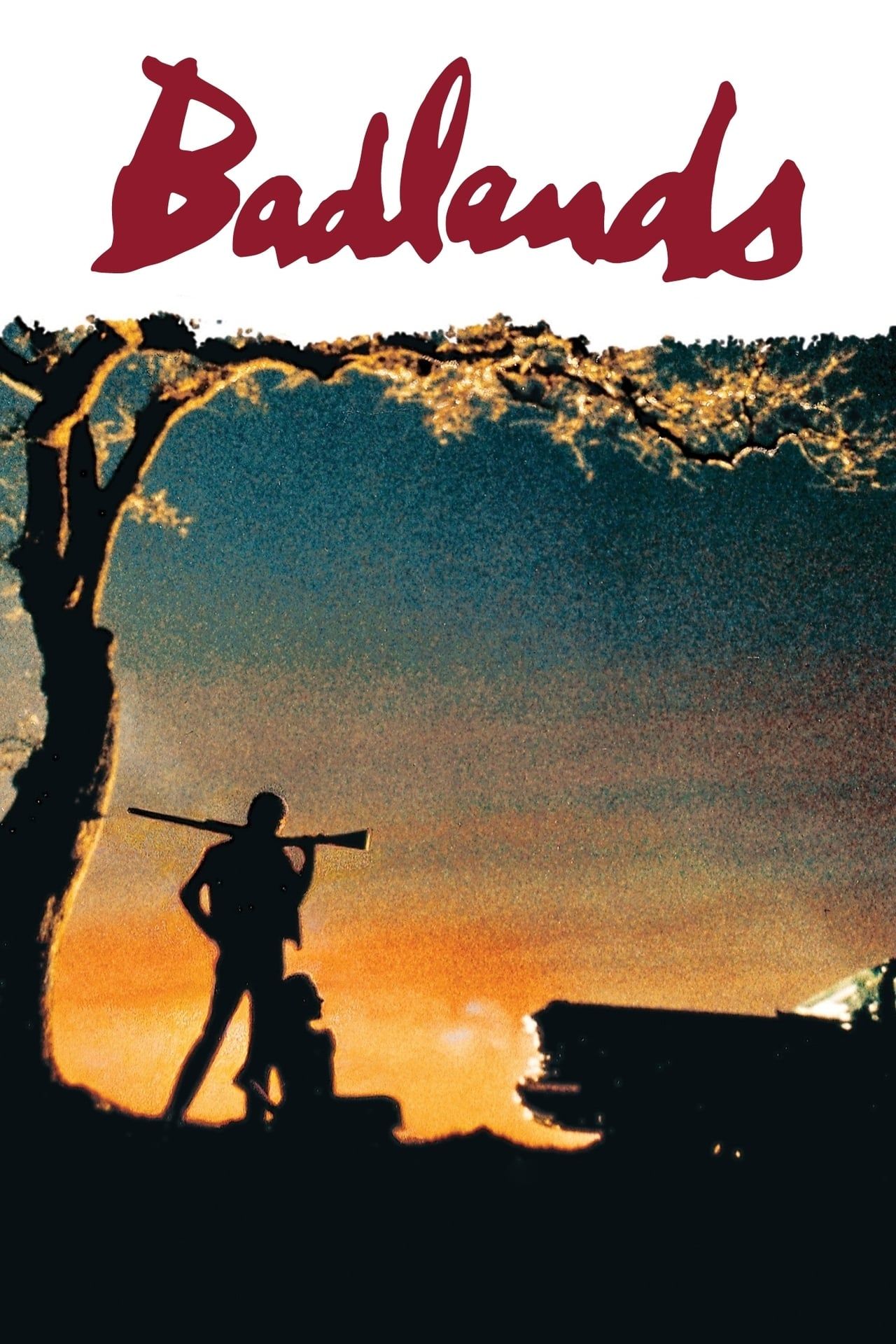
- Release Date
-
March 24, 1974
- Runtime
-
94 Minutes
- Director
-
Terrence Malick
- Writers
-
Terrence Malick
7
‘The Holy Mountain’ (1973)
Directed by Alejandro Jodorowsky
“Is this the man who made you suffer so much?” Alejandro Jodorowsky was the king of the surreal and The Holy Mountain is him at his trippiest. It follows a Christ-like figure known as The Thief (Horacio Salinas), who, after various bizarre encounters, joins a group of individuals seeking enlightenment. Guided by The Alchemist (played by Jodorowsky himself), they embark on a quest to ascend the titular Holy Mountain to dethrone the gods residing there and achieve spiritual transcendence.
However, The Holy Mountain is less a traditional narrative and a more surreal odyssey. It overflows with symbols and allegories, drawing from religious, philosophical, and alchemical traditions. The movie clothes itself in religious iconography but really critiques all belief systems and the search for enlightenment in general. Visually, it’s beautiful in a hallucinatory way: blindingly colorful, meticulously composed, and designed to overwhelm. While maybe not as enjoyable as El Topo, The Holy Mountain is still quite the experience.
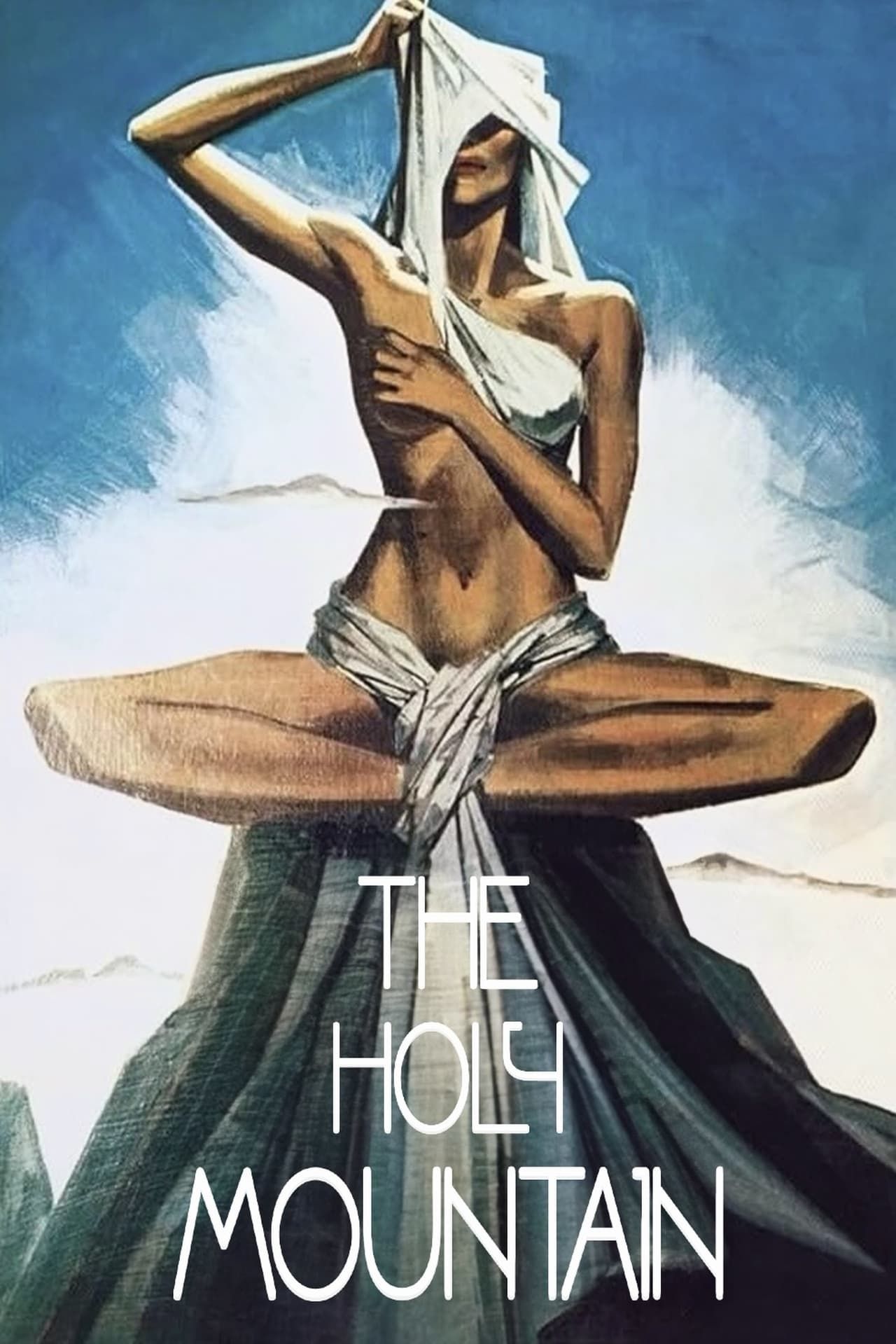
- Release Date
-
November 29, 1973
- Runtime
-
114 minutes
- Director
-
Alejandro Jodorowsky
- Producers
-
Allen Klein, Robert Taicher
6
‘Amarcord’ (1973)
Directed by Federico Fellini
“You don’t just walk into the Grand Hotel. You have to arrive.” Amarcord is a whimsical portrait of small-town life in 1930s Italy, blending memory, fantasy, and social critique. In this regard, it’s one of the most personal projects from director Federico Fellini, the maestro responsible for I Vitelloni and La Dolce Vita. The story unfolds through the eyes of a young boy named Titta (Bruno Zanin), who navigates adolescence amidst a colorful array of townspeople, eccentric family members, and surreal events.
Unlike conventional coming-of-age stories, Amarcord does not follow a strict narrative structure. Instead, it revels in the fragmented nature of memory, playing out as a series of vignettes. The aesthetics complement this perfectly. Giuseppe Rotunno‘s cinematography captures the lush textures of the town with painterly elegance, while Nino Rota‘s score floats between fantastical and melancholy. The whole affair feels light and effortless, yet more proof of Fellini’s towering talents.
5
‘Day for Night’ (1973)
Directed by François Truffaut
“Making a film is like a stagecoach ride in the old west.” François Truffaut‘s Day for Night is a love letter to filmmaking, peeling back the curtain on the chaotic, exhilarating, and sometimes absurd process of bringing a movie to life. It’s about the production of a fictional melodrama and the various struggles faced by its cast and crew. At the center is Ferrand (played by Truffaut himself), the director tasked with juggling temperamental actors, last-minute rewrites, on-set romances, and unforeseen disasters while attempting to maintain his creative vision.
Day for Night is slyly self-aware and thoroughly meta, treating the movie business with both affection and satire. What elevates it beyond mere behind-the-scenes comedy is its core idea: that even if the result is mediocre or commercial fluff, the process of making a movie is, in its own way, redemptive. That Day for Night is entertaining too is an added bonus.
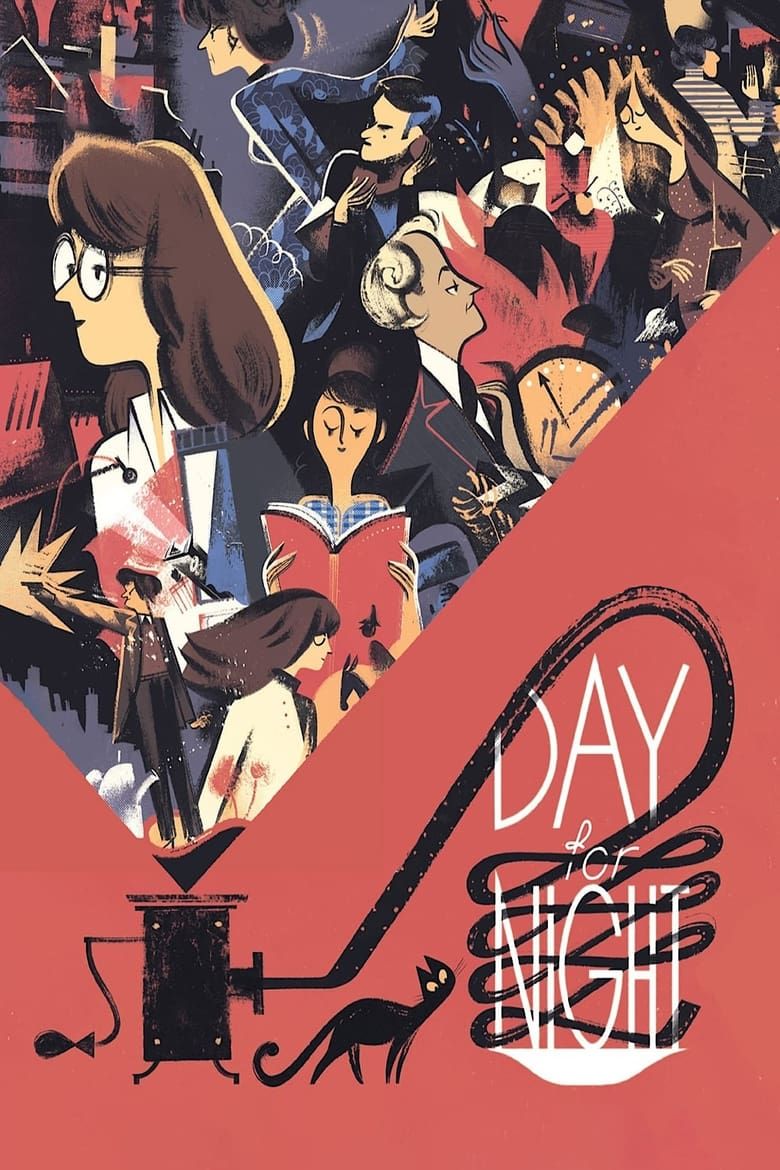
- Release Date
-
May 15, 1973
- Runtime
-
116 minutes
-

Jacqueline Bisset
Julie Baker
-

Jean-Pierre Léaud
Alphonse
-

-

Jean-Pierre Aumont
Alexandre
4
‘Papillon’ (1973)
Directed by Franklin J. Schaffner
“Hey, you bastards! I’m still here!” Papillon dramatizes the true story of Henri Charrière (Steve McQueen), a Frenchman wrongfully convicted of murder and sentenced to the brutal penal colony of Devil’s Island. Charrière refuses to accept his fate and dedicates himself to escaping, despite the near-impossible odds. Along the way, he forges an unlikely friendship with the fragile but resourceful counterfeiter Louis Dega (Dustin Hoffman), whose loyalty becomes crucial to his survival.
Papillon stands apart from most prison dramas because of its focus on the existential toll of incarceration. It serves up heroic, pulse-pounding escape attempts, but is also honest about the bleak grind of life in such a prison. Fundamentally, it’s about the system’s power to dehumanize, and the individual’s inner spark that refuses to die. Sure, the movie is pretty grim, but there is some hope to be found in it, even if one has to look. Papillon‘s admirers include Quentin Tarantino, who wrote that “it contains maybe McQueen’s finest serious acting moment on film.”
3
‘Paper Moon’ (1973)
Directed by Peter Bogdanovich
“You know what your problem is, Addie? You don’t have the common sense to be scared.” This charming yet bittersweet road movie focuses on the unlikely partnership between a slick con man and a precocious young girl. Ryan O’Neal stars as Moses Pray, a Depression-era hustler who scams recently widowed women by pretending to be a traveling Bible salesman. His life takes an unexpected turn when he is saddled with Addie Loggins (Tatum O’Neal), a tough, sharp-witted orphan who may or may not be his daughter.
Paper Moon thrives on the chemistry between real-life father and daughter Ryan and Tatum. Tatum, in particular, only 10 years old at the time, commands the screen, playing Addie as scrappy, fiercely intelligent, and emotionally guarded. The performance earned her the Oscar for Best Supporting Actress, making her the youngest competitive Oscar winner in history—a record that still stands. On the aesthetic side, Peter Bogdanovich reels the viewer in with striking black-and-white cinematography that evokes Classic Hollywood.
2
‘The Sting’ (1973)
Directed by George Roy Hill
“You follow the rules, you lose. You don’t follow the rules, you win. That’s the way it is.” The Sting reunites Paul Newman and Robert Redford as two con artists seeking revenge on a powerful mob boss. Redford plays Johnny Hooker, a small-time grifter who partners with seasoned con man Henry Gondorff (Newman) to pull off an elaborate scheme against the ruthless Doyle Lonnegan (Robert Shaw).
What follows is a meticulously crafted con within a con, loaded with twists and turns. It all adds up to a first-rate, stylish crime caper animated by intricate plotting, memorable dialogue, and a million watts of star power. In the process, director George Roy Hill set the template for the modern con movie, inspiring everything from Out of Sight to Ocean’s 11. Not for nothing, The Sting cleaned up at that year’s Oscars, taking home seven awards, including Best Original Screenplay, Best Director, and Best Picture (Redford got a Best Actor nomination too).
1
‘The Exorcist’ (1973)
Directed by William Friedkin
“What an excellent day for an exorcism.” Claiming the top spot on this list, perhaps unsurprisingly, is The Exorcist, one of the most influential horror movies ever made. It caused a sensation on release and continues to be chilling more than 50 years later. It’s a harrowing fight between good and evil, with Father Karras (Jason Miller) and seasoned exorcist Father Merrin (Max von Sydow) battling to save Regan (Linda Blair) from the demon possessing her.
So much of this film is simply iconic, from the head rotation and projectile vomiting to the ‘spider walk’ and that scene with the crucifix. These images are hard-hitting, but the movie is more than a just scare-fest. It’s mature and emotionally layered, at times more of a psychological drama than a horror. The Exorcist is ultimately a film about belief—religious, psychological, maternal—and the fraying limits of certainty in the face of the inexplicable. Few horrors have explored these ideas so effectively.







